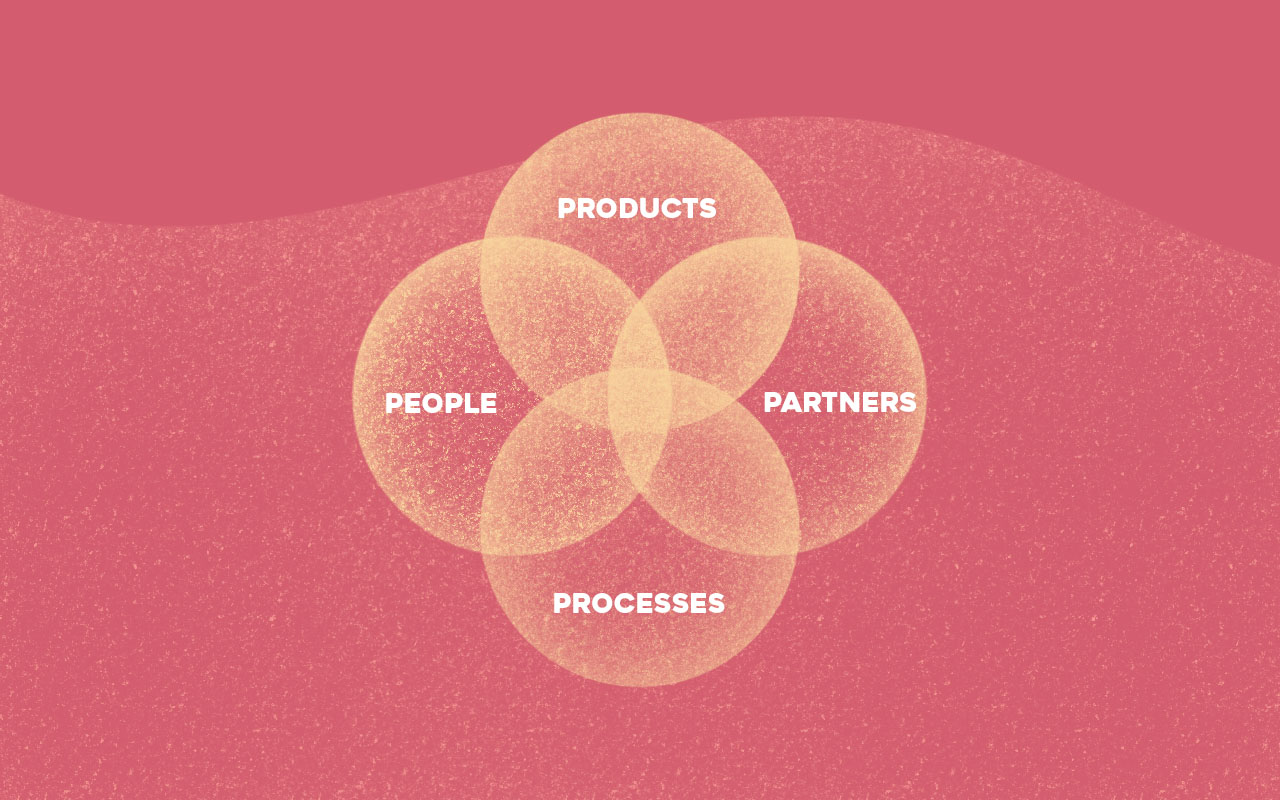04.26.2024
Your Complete Guide To Scaled Agile Framework Certification

Posted by Marbenz Antonio on April 21, 2022
Have you ever required service but found the entire procedure to be half-baked when you received it? Consider going to a restaurant where the seating isn’t well-designed, the employees aren’t adequately educated, and the food is great but cold. You’d be irritated, wouldn’t you? If your IT service management delivery isn’t well-planned, the same thing might happen.
When we think about IT, especially in the context of ITIL, we frequently focus solely on the technical aspects, overlooking the relevance of project management in service management and delivery. Thankfully, the 4 P’s of ITIL have considered that for the more than 20,000 companies in the United States who utilize IT Infrastructure Library, or ITIL, for framework, procedures, and best practices for ITSM1.
If you’ve worked with ITIL before, you’re probably aware of the differences between ITIL v3/2011 and ITIL 4, which include an update to the 4 P’s of service design and service strategy.
In this piece, we’ll look at those changes and how you can leverage ITIL’s 4 P’s to help you succeed with ITSM.
To begin discussing the four P’s, you must first grasp the notion of the Service Design Package (SDP), which has changed between ITIL v3/2011 and ITIL 4. In ITIL v3/2011, the SDP was defined as documentation that describes all aspects of an IT service and its needs at each point of its lifetime. The SDP’s purpose is to design and record all aspects of the service in detail, then provide users and support with a roadmap of what to expect. In some aspects, this is related to ITIL 4’s Service Strategy, but it is ultimately a separate idea.
There has been a significant transition to agile at the IT service desk, which many believe is in direct contradiction to ITIL and SDP, but this does not negate the need for SDP. The SDP is no longer utilized as a standard, but rather as a starting point for service delivery, with agile methodology assisting you in making adjustments along the way. The four P’s of ITIL Service Design may then be used with this in mind.
Remember that the SDP must address all four aspects of the service and be centered on the customer and user experience to be effective. It’s also worth noting that the SDP in ITIL 4 has changed. Notably, the Service Strategy has been broken into various concepts in ITIL 4, extending from Strategy Management to Business Analysis.
Before we go into the description of the four P’s, it’s worth noting that ITIL has two sets of four P’s. The four P’s of Service Design will be the emphasis of this piece, but we’ll also touch on the four P’s of Service Strategy later on.
Let’s begin with ITIL v3/2011’s four P’s of Service Design, which has been renamed the Four Dimensions of Service Design in ITIL 4.
These four P’s were introduced in ITIL v3/2011 and are four things to consider when planning or developing a service or strategy. They are helpful outside of the ITSM setting as well. These are some of them:

These four P’s were designed to guarantee that a comprehensive approach to service design is taken, with a focus on the procedures in place for success, who the service will serve and influence, what products will be required to execute the service, and whose partners or partnerships will be required.
Although we’re focused on the four P’s of service design, we’d like to mention another set of P’s in ITIL: the four P’s of Service Strategy. These are not to be confused with the SDP’s 4 P’s of Service Design, which is focused on how you might plan to approach service delivery. These are some of them:

These P’s, like the rest of ITIL’s P’s, aren’t just for service management. These can be utilized by DevOps and even by those who aren’t in IT.
ITIL 4 was released in late 2019 and shocked the world of ITSM and ITIL, flipping many procedures on their heads. This is an example of how the adjustment improved the design and delivery of services.
ITIL 4 differs from ITIL v3 in a few ways, the most notable of which is the absence of the service lifecycle. Through the implementation of the Service Value System, ITIL 4 also promotes a change in focus from service delivery to value generation (SVS). This is important in understanding the actions required by the entire business to produce value, which is why the 4 Ps model was replaced with the 4 Dimensions model.
The four P’s of ITIL were replaced by the four Dimensions of Service Design (4D model), which expanded on concepts introduced in ITIL v3/2011 and are necessary to combine for an efficient SDP:
What does that imply in terms of practicality? It encourages service management strategists and teams to broaden their emphasis on a high-level viewpoint. Instead of focusing just on whether or not people are appropriately trained, you would examine the entire business.
Instead of concentrating just on the items required, you would concentrate on everything related to information and technology. Instead of focusing just on software providers, you would include everyone who is a service delivery process supplier. Instead of concentrating simply on procedures and best practices, you concentrate on value streams and how to generate and maintain them.
Here at CourseMonster, we know how hard it may be to find the right time and funds for training. We provide effective training programs that enable you to select the training option that best meets the demands of your company.
For more information, please get in touch with one of our course advisers today or contact us at training@coursemonster.com
